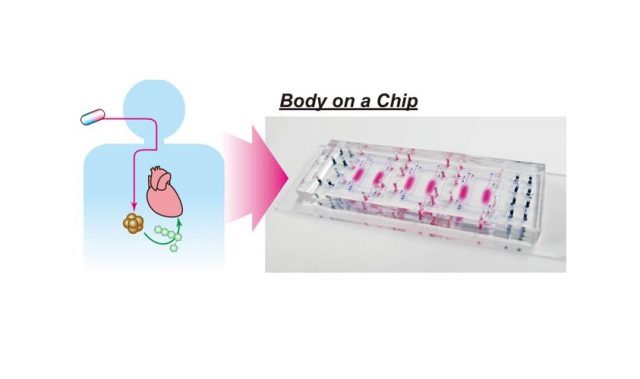
AsianScientist (Jul. 25, 2018) – Scientists in Japan have found that electric fields could be used to treat cancer by disrupting calcium signaling. They published their findings in Drug Delivery and Translational Research.
Surgery, chemotherapy, radiotherapy and targeted therapy are the main pillars of cancer treatment, with immunotherapy fast becoming a viable option for a range of cancers. However, each treatment varies in its effectiveness, and therapy resistance remains a clinical problem. This warrants a search for novel therapies against cancer.
Pulsed electric fields (PEF) have multiple applications in biology, ranging from DNA and drug delivery to the elimination of microorganisms in water. Their use in cancer treatment is not new, but their basic effects on cells are still being clarified.
In this study, researchers at Kumamoto University, Japan, identified the optimal PEF conditions for increasing the permeability of cell membranes to calcium. Because cancer cells are particularly sensitive to an abnormal influx of calcium, the researchers sought to take advantage of this Achilles’ heel to develop an inexpensive cancer treatment.
The researchers first examined calcium intake in HeLa S3 cells via calcium (Ca2+) fluorescence imaging. For each test, they used a fixed amount of energy but changed the PEF pulse count to assess the effects of electric field changes rather than that of total energy. They found that membrane permeability to Ca2+ persisted for a short while after PEF is terminated because it takes time for the pores in the membrane to completely close. This gave a little more time for Ca2+ to diffuse into the cells.
Of the four electric fields examined, larger fields (1.8 and 1.26 kV/cm) produced a high Ca2+ intake rate during the first 10 ms that decreased significantly thereafter. On the other hand, the Ca2+ intake rate for smaller fields (0.63 and 0.45 kV/cm) was undetectable during the first 10 ms and gradually increased afterward.
“The optimal PEF levels for our in vitro tests turned out to be 100 pulses at 1 kHz and 0.45 kV/cm,” said study leader Dr. Hamid Hosseini of Kumamoto University. “This setting should be nonlethal to normal cells but effectively kill cancer cells. We still have more work to determine if these results will hold up in in vivo settings, but we are optimistic that this method can produce a promising cancer therapy.”
The article can be found at: Guionet et al. (2018) Spatio-temporal Dynamics of Calcium Electrotransfer During Cell Membrane Permeabilization.
———
Source: Kumamoto University; Photo: Shutterstock.
Disclaimer: This article does not necessarily reflect the views of AsianScientist or its staff.












